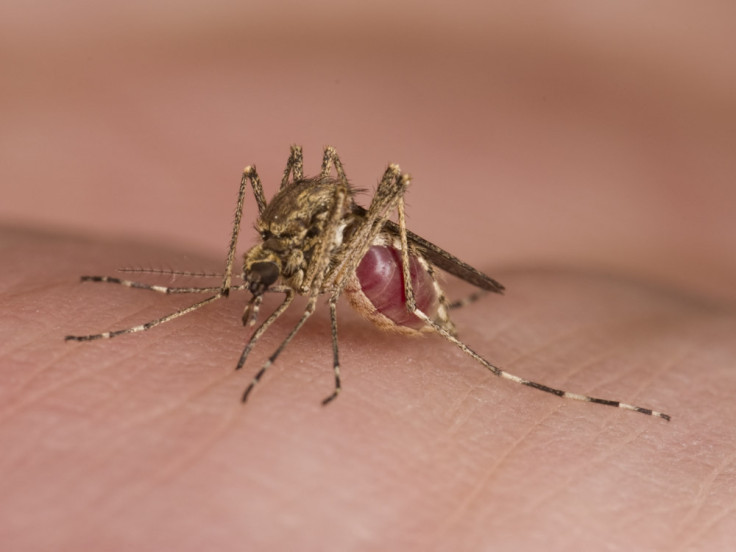Brazil Zika virus: Facts, symptoms, microcephaly – everything you need to know about infection

What is Zika?
Zika fever is a disease stemming from a virus transmitted by mosquitoes, known as the Zika virus. It can be passed from person to person from any type of mosquito, but it originates from a specific type –the Aedes aegyptimosquito.
It is particularly difficult to detect, as only one in five people with the virus actually go on to become ill. It becomes even more troublesome as it is, clinically speaking, very similar to dengue fever, so misdiagnosis is a big problem in areas where dengue is common. Generally, the direct effects of the virus are mild, including the usual hot temperature, rash and muscle pain. With that knowledge, recovery rates are very high, with no confirmed deaths from Zika as yet.
However, the issue surrounds pre-natal birth defects. The virus has been heavily linked with microcephaly – wherein the head does not develop to the size that it should. The announcement of the link was made on Novemeber 28 2015, after an autopsy on a baby born with microcephaly showed the presence of the Zika virus. Pregnant women have since been advised to avoid travel to countries affected by the Zika virus – predominantly Brazil.
A UK firm has recently said they may have the answer to preventing the Zika virus from spreading so quickly. They have produced a genetically modified mosquito that can stop the Aedes mosquito offspring from reaching adulthood – ultimately preventing them from reproducing and spreading the virus.
What are symptoms?
Very similar to dengue fever, the symptoms for Zika are generally considered minor. It is characterised by a low-grade fever – less than 38.5 degrees Celsius – similar to a temperature that one might expect with a common cold. A rash is usually seen in patients, too. These 'maculopapular' rashes have a flat red area of skin that is covered in small bumps.
Other symptoms to look out for includes muscle pain, joint pain – which could be accompanied by swelling – a headache and a deep pain behind the eyes. The latter could also develop into conjunctivitis – another sign of the Zika disease.
The issue surrounding symptoms is that only a small proportion of people infected with the virus would become ill – just 20%. However, just because someone is not feeling unwell does not mean they are immune from passing the infection on to someone else if a mosquito bite transmits the virus again.
How do I prevent infection?
The main way to reduce risk of infection is to make sure you are not bitten by a mosquito. For now, pregnant women have been advised to completely avoid countries with confirmed cases of Zika. Use repellents and mosquito nets, and close windows and doors when they do not need to be open.
The WHO also recommends wearing light-coloured, long-sleeved clothing. Space spraying of insecticide is also another way to control the mosquitoes – assuming you are in an open space and have the appropriate pesticides.
As it stands, there is no official vaccine for Zika. Treatments are directed at just reducing the symptoms – similar to what you would expect if you came down with a bad cold. This lack of immunisation has not helped the spread of the vaccine, which has now significantly increased in its origin countries of south America.
Where does it come from?
The Zika virus was first isolated in a rhesus monkey, deep in the Ugandan forest of Zika in 1947. Within 10 years, it was found in Nigeria. The first outbreak of the virus was documented in 2007 on the small Micronesian island of Yap in the South Pacific. Around 180 people became infected with the virus, which then came back again in 2013 to infect French Polynesia.
In May 2015, the virus was first discovered in Brazil. Since then it has spread quickly, and the link to birth defects was found in November. Around 3,500 suspected cases of microcephaly have been identified since then – 30 times more than figures since 2010.
On 2 January, Puerto Rico confirmed its first case of the Zika virus. On 14 January, the virus was found in the US state of Texas after a woman returned from travelling in Honduras.
© Copyright IBTimes 2025. All rights reserved.






















